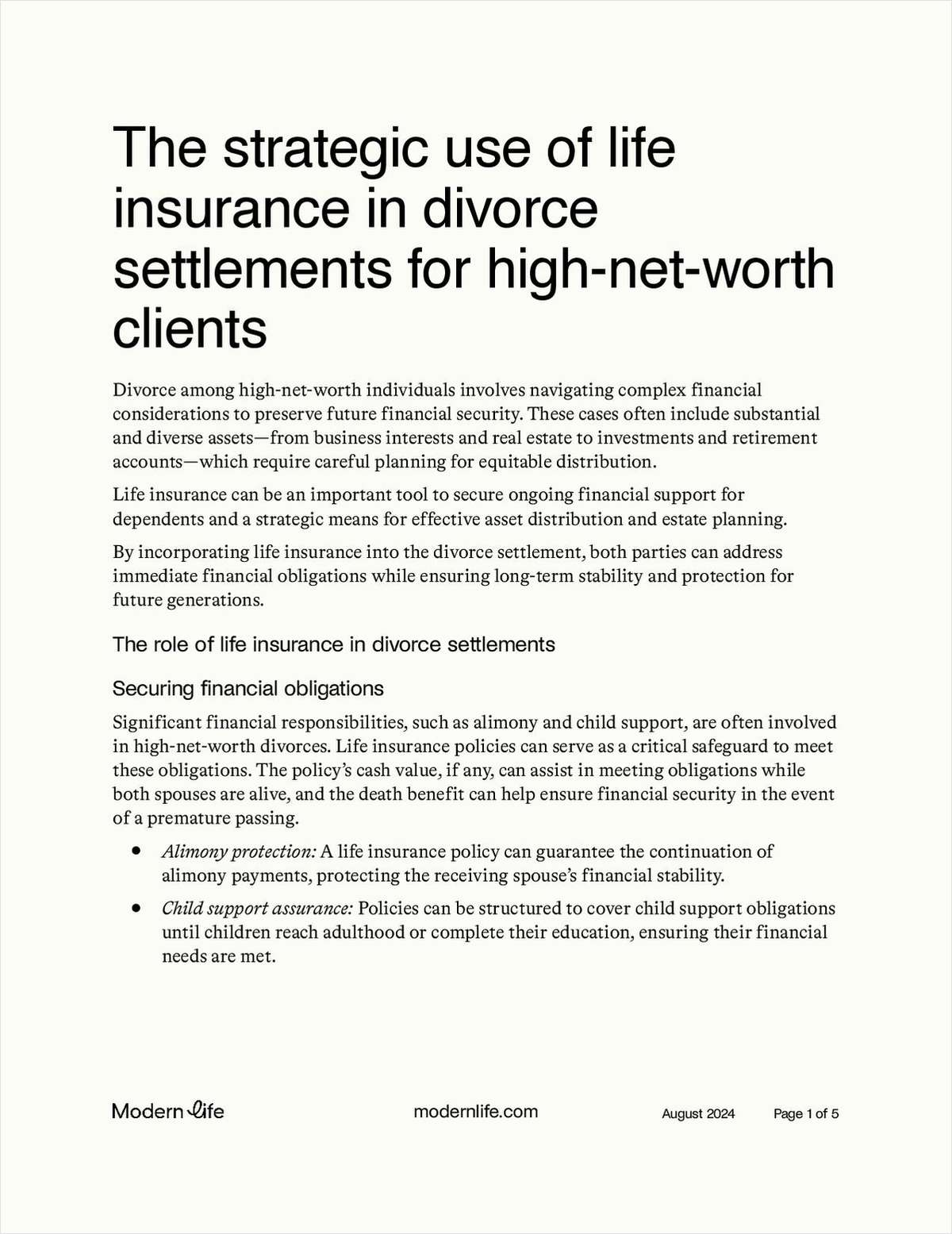 In a financial planning magazine, an advisor correctly pointed out if one buys an immediate annuity at age 65, and inflation averages 3 percent, the after-inflation income would be cut by 45 percent by age 85, but he then dismissed inflation-adjusting annuities because the initial payouts are lower than if they don't adjust for inflation. So what's his solution? Wall Street's old tried-and-flawed, stated-withdrawal percentage method.
In a financial planning magazine, an advisor correctly pointed out if one buys an immediate annuity at age 65, and inflation averages 3 percent, the after-inflation income would be cut by 45 percent by age 85, but he then dismissed inflation-adjusting annuities because the initial payouts are lower than if they don't adjust for inflation. So what's his solution? Wall Street's old tried-and-flawed, stated-withdrawal percentage method.
The Annuity Cure
There are two problems with this. The first is the reality of all Wall Street-stated withdrawal percentage plans is there exists a real-world probability that the plan will fail, the assets will be spent to zero, and the income will stop before death. If the disease in retirement is running out of money, the annuity cures the disease while the Wall Street approach treats it as a chronic illness without a cure.
The second problem is not using the same basis for comparison. The typical Wall Street plan says if you have $100,000 in a securities portfolio at age 65, you can take out $4,000 a year initially, and if inflation averages 3 percent, the plan would–hopefully–produce the $7,224 needed at age 85 to keep you even with inflation.



